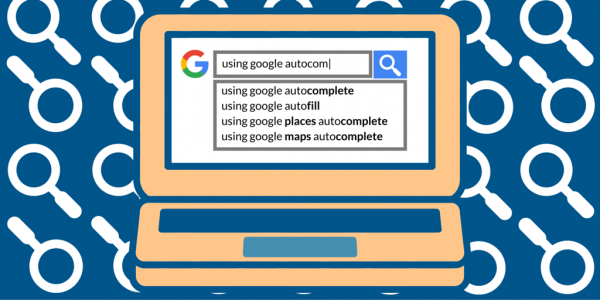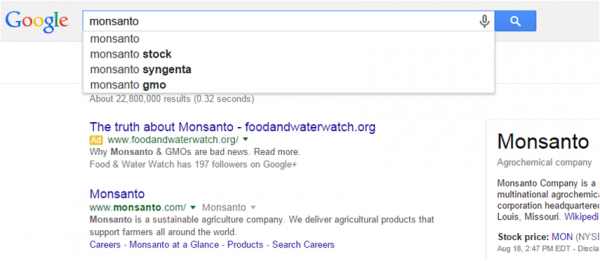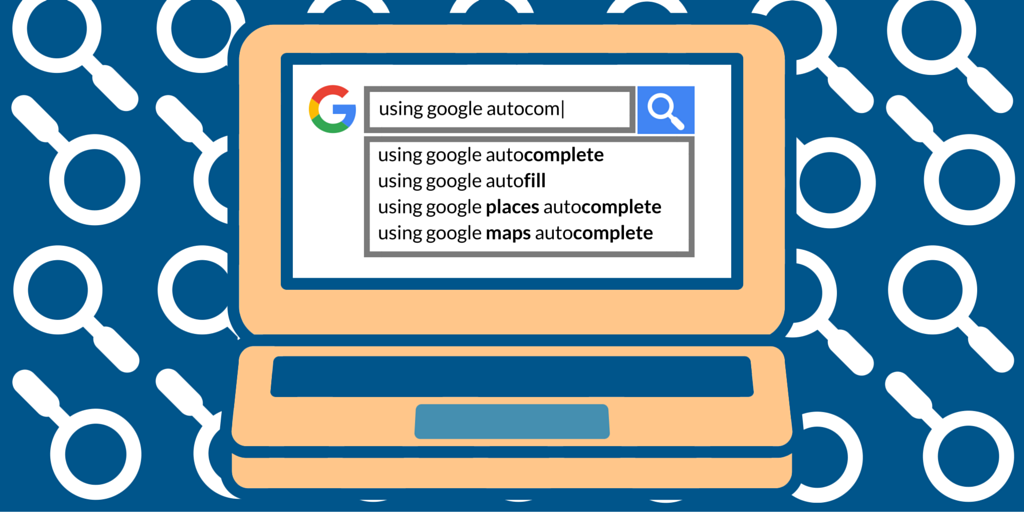
March 28, 2016: Google Autocomplete (formerly known as Auto-Suggest) provides searchers with suggestions about what they might be looking for prior to them completing a given query. These suggestions might be neutral, positive, or very negative, which gives Autocomplete a powerful role as a “first impression maker.”
Autocomplete is very useful as a top-level SEO/PR research and monitoring tool. It gives PR professionals a quick way to see whether a client may have a serious PR problem that’s muscled its way into search behavior.

How Autocomplete Works
Autocomplete’s ability to predict queries is based on historical search data. Google states that “Autocomplete predictions are automatically generated by an algorithm without any human involvement. The algorithm is based on a number of objective factors, including how often others have searched for a word. The algorithm is designed to reflect the range of info on the web. So just like the web, the search terms you see might seem strange or surprising.”
Here’s the strange and surprisingly bad news: if your client has an Autocomplete problem (for example, seeing the word “scam,” “cheat,” “lawsuit,” “divorce,” “embezzlement” or other negative term listed among the suggested terms), there’s no “silver bullet” you can use to solve it. The reason that these terms appear in Autocomplete is because people — possible lots of them — are using them in search queries, and Google’s software — in its usual impersonal/robotic way — is simply reflecting this fact.
Obviously, there’s no way to prohibit people from searching using these terms; the only way to address the issue is to encourage searchers to search for your client’s brand terms without using such modifiers, and that means changing how the world thinks about your client, a battle that may have to be waged on many media channels, including non-digital media (because much search behavior is driven by exposure to non-search media).
This is not to say that the specific application of certain SEO tactics will be ineffective in influencing the entries that appear in Autocomplete. Research published by Brian Patterson in late 2013 identifies three variables influencing Autocomplete: 1) search volume, 2) social media mentions, and 3) general web content.
While items 1) and 3) will usually be very difficult to influence, producing more social media mentions isn’t hard to do, nor is making sure that social media profiles are complete and up to date on any and all platforms maintained by the client.
Can Autocomplete entries be manipulated?
Several online reputation management agencies claim to be able to directly influence Autocomplete, but are very tight-lipped the exact tactics they use. It appears their remedy includes paying people in different locations around the world to perform enough positive or neutral searches to displace any negative autosuggestions in the suggestion queue. Another tactic often used which hasn’t been flagged by Google is to use links that point to specific Google searches in anchor links inserted in web pages or social posts.
For example, the URL below, which combines the brand Monsanto with the modifier “good,” will, if clicked, launch a Google search page with these two terms included:
https://www.google.com/webhp?sourceid=chrome–instant&ion=1&espv=2&ie=UTF-8#q=monsanto%20good
Including this URL as in an anchor link will, if clicked enough, begin to influence Autocomplete results.
Key takeaways: Google Autocomplete
1. Google Autocomplete has great potential to convey an immediate impression about your client’s name or brand, positively, negatively, or neutrally, based on what it chooses to use to complete queries. These choices are generated by historical search behavior, social signals, and the content of web pages.
2. If your client has an Autocomplete issue, you’ve got a difficult chore, because you can’t stop people from using whatever searches they want to use or publishing what they want to publish about him/her.
3. Social media signals may have an influence on Autocomplete, so changing the conversation about your client on social media should be among the tactics you use for clients with this kind of problem.
4. Keyword Planner can be used to estimate the scope and depth of Autocomplete-related reputation issues.
- 10 Mistakes to Avoid When Using QR Codes for Marketing - September 20, 2023
- Kevin Lee on How AI Changes the SEO Landscape - August 31, 2023
- The Power of Compound Marketing: Kevin Lee Presents @ 1MediaWorld 2023 Global Conference - March 7, 2023

